Forums
- Forums
- Duggy's Reference Hangar
- USAAF / USN Library
- Grumman F7F Tigercat
Grumman F7F Tigercat
Post a reply
- Go to Previous topic
- Go to Next topic
- Go to Welcome
- Go to Introduce Yourself
- Go to General Discussion
- Go to Screenshots, Images and Videos
- Go to Off topic
- Go to Works in Progress
- Go to Skinning Tips / Tutorials
- Go to Skin Requests
- Go to IJAAF Library
- Go to Luftwaffe Library
- Go to RAF Library
- Go to USAAF / USN Library
- Go to Misc Library
- Go to The Ops Room
- Go to Made in Germany
- Go to Campaigns and Missions
- Go to Works in Progress
- Go to Juri's Air-Raid Shelter
- Go to Campaigns and Missions
- Go to Works in Progress
- Go to Skinpacks
- Go to External Projects Discussion
- Go to Books & Resources
-
13 years agoWed May 14 2014, 01:30pm
 Main AdminText by Will Silk, thanks.
Main AdminText by Will Silk, thanks.
The outbreak of World War II spawned the American aviation company known as Grumman to begin design of a twin-engine high performance fighter aircraft that would later become known as the Grumman F7F Tigercat.
It was in 1941 that Grumman was working on an aircraft design to fulfill a U.S. Navy proposal for a powerful aircraft that was heavily armed and could operate from the Navy?s new Midway class aircraft carriers. The proposal was for a multi-role aircraft that could engage targets in the air, but be equally adept at tackling targets that could pop up on the ground. At the time, Grumman was flight testing the XP-50 ?Skyrocket?, a twin engine heavy interceptor originally built to compete for a 1939 US Army Air Corp contract which it lost out on. Grumman carried on research with the XP-50 until it was canceled in favor of the XP-65 program. Work on the XP-65 program was also shelved in 1943 when the XF7F-1 design was finalized for production, having initially been granted a contract with the United States Government on June 30, 1941.
The first flight for a Tigercat came in December of 1943, when a F7F-1 took to the air for its maiden flight. The power of the twin Pratt and Whitney Double Wasp radial engines helped to make the new aircraft achieve great speeds, particularly over the fleet?s king cat at the time, the Grumman Hellcat, which with only a single Pratt and Whitney engine gave up some 71 mph to the new Tigercat. While to some 71 mph may not seem like much, but the additional amount of armament the Tigercat held on board was incredible for the time with four .50 caliber machine guns as well as four 20mm cannons ready to do business. In addition, the F7F was designed with external hard points for optional mission related ordinance.
The Tigercat was not light on its paws, so to speak. The aircraft weighed in at over 16,000 pounds empty, or 7,000 pounds over that of the F6F Hellcat which entered service in the Pacific Theatre of Operations in August of 1943. Early carrier trials with the Navy were not promising, as the initial F7F-1 was recorded as having poor directional stability while operating on only one engine. Due to the Navy operating over vast areas of ocean, the extra security of an aircraft that was able to operate safely on one engine was paramount to those at the head of the program. The high landing speed of the Tigercat was yet another concern for carrier operations, and the Navy decided to allow the Marine Corps to take delivery of the initial batch of F7F-1s as the Marines had placed an order for 500 aircraft before the first aircraft ever took to the air. The Marines intended to use the Tigercat from land based strips and take advantage of the design?s tri-cycle landing gear which made the plane easier to handle on the ground.
Deliveries to the Marine Corp began in April 1944, but the Tigercat would fail to see action against Imperial Japan before war?s end. Grumman worked feverishly with the Marine Corp prior to VJ Day however, as the Navy turned away from the Tigercat program. Working with the Marines, Grumman developed the F7F-2N variant for night interceptor operations by removing a fuel tank to fit a second cockpit for the radar operator and taking out the nose armament and replacing it with an APS-6 radar unit. In all 65 F7F-2Ns were produced. It was around this time that the British Royal Navy evaluated two Tigercats, but after testing the type, decided instead to opt for the de Havilland Hornet.
The F7F-3 was the most widely produced Tigercat, with over 180 units made. The F7F-3 sported a pair of Pratt and Whitney R-2800-34W Double Wasp radial engines each producing 2100hp and giving the Tigercat a top speed of 435 mph with a ceiling of 40,700 feet. The F7F-3 was a single seat evolution of the Tigercat series up to that point in time. Sixty F7F-3N night fighters were constructed as well, fitted with a rear seat for the radar officer and all the necessary equipment to go out on a night prowl in the most exciting of neighborhoods. A few Tigercats were converted to perform ECM (Electronic Counter Measures) missions before the debut of the F7F-4N, which was the final variant of the Tigercat, again a night fighter that was better equipped than the previous F7F-3N model.
On the 25th of June, 1950; communist forces from North Korea invaded South Korea and successfully kicked off the first armed conflict of the cold war. Marine Corps fighter squadron VMF(N)-513 was rushed to Japan in order to begin flying night interdiction missions against targets over the Korean Peninsula. By the spring of 1951, the Korean War was in high gear, and the 15 Tigercats of VMF(N)-513 were now calling Pusan West their den of choice. The squadron eventually coined itself ?Flying Nightmares?, under the lead of commanding officer Lt. Col. James R. Anderson. During the month of March 1951, the squadron flew over 2,000 hours during 604 sorties as the UN Forces only night fighter and night interdiction squadron. The boys of VMF(N)-513 continued to fly the Tigercat until the spring of 1952 when the squadron transitioned in theatre to F3D-2 Skynights, but not before bagging two Polikarpov Po-2s while prowling the skies of the Korean Peninsula in their Tigercats. Tigercats continued to serve in the Marine Corps until 1954 when the last remaining planes were pulled from service.
Below Mockup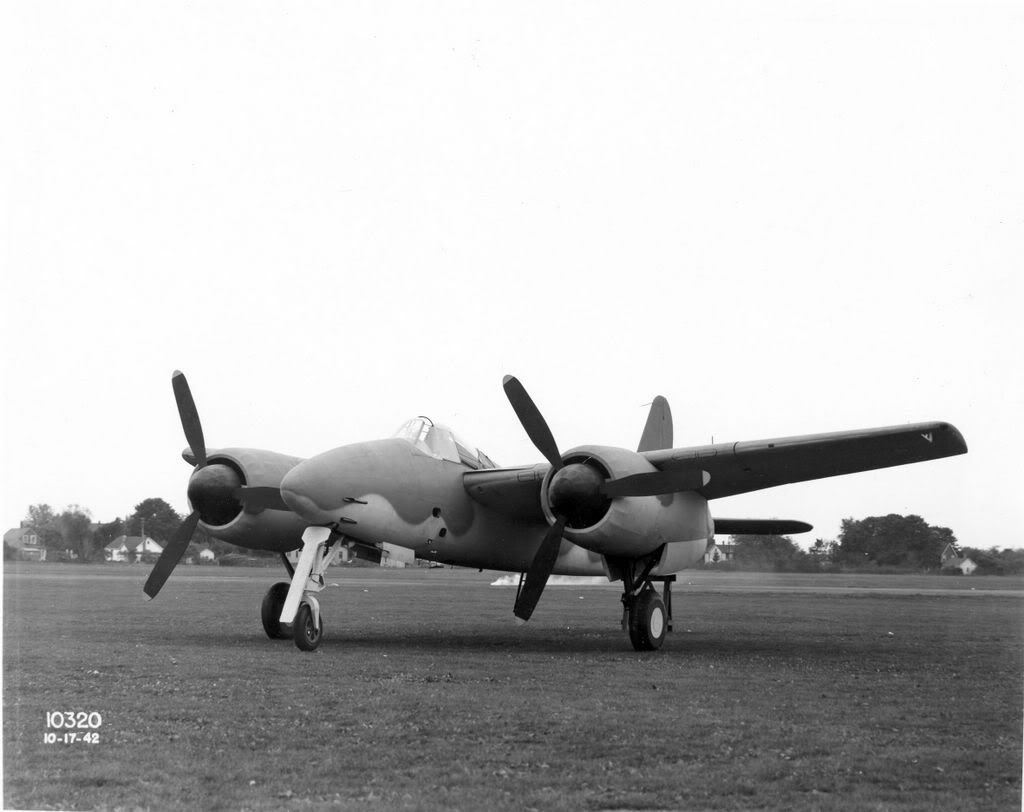






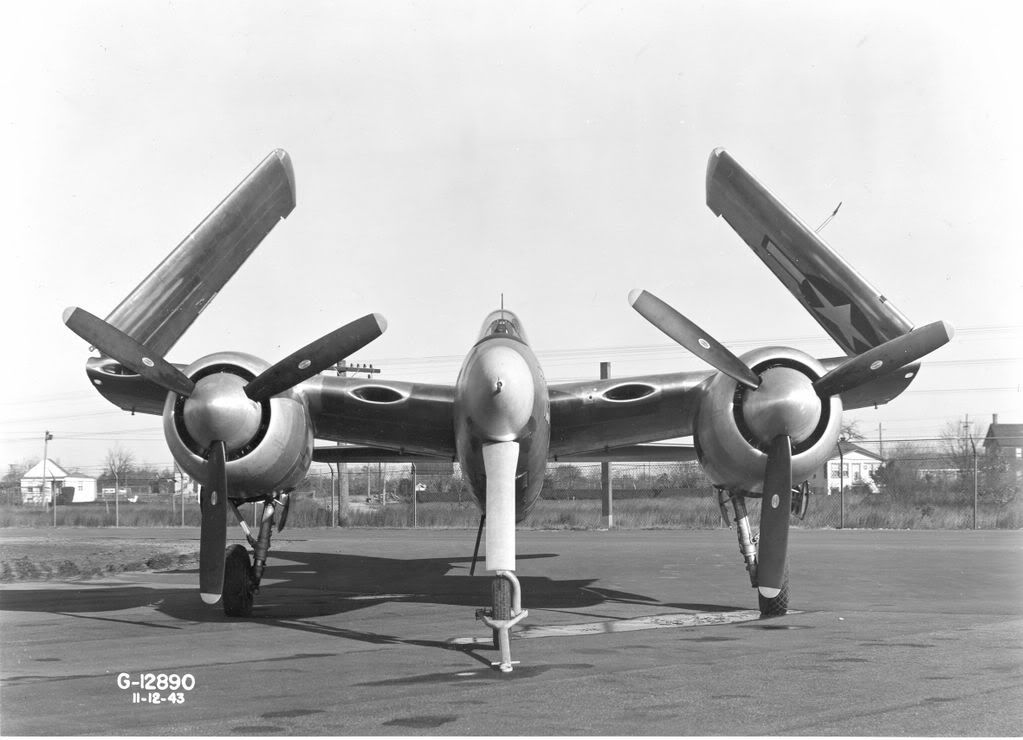


Above XF7
Below click and save for details.

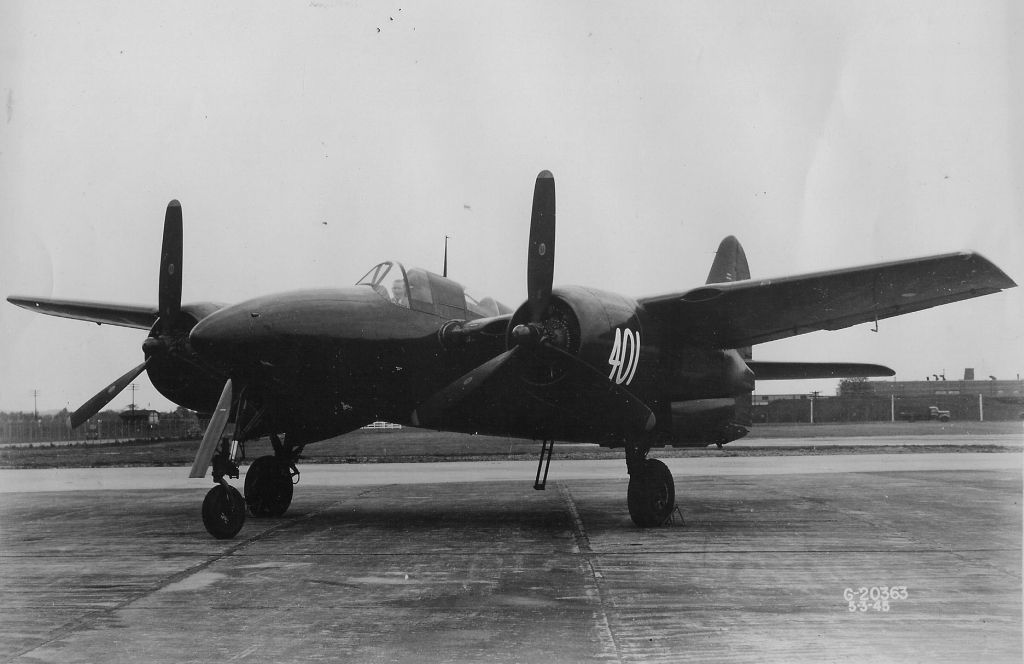










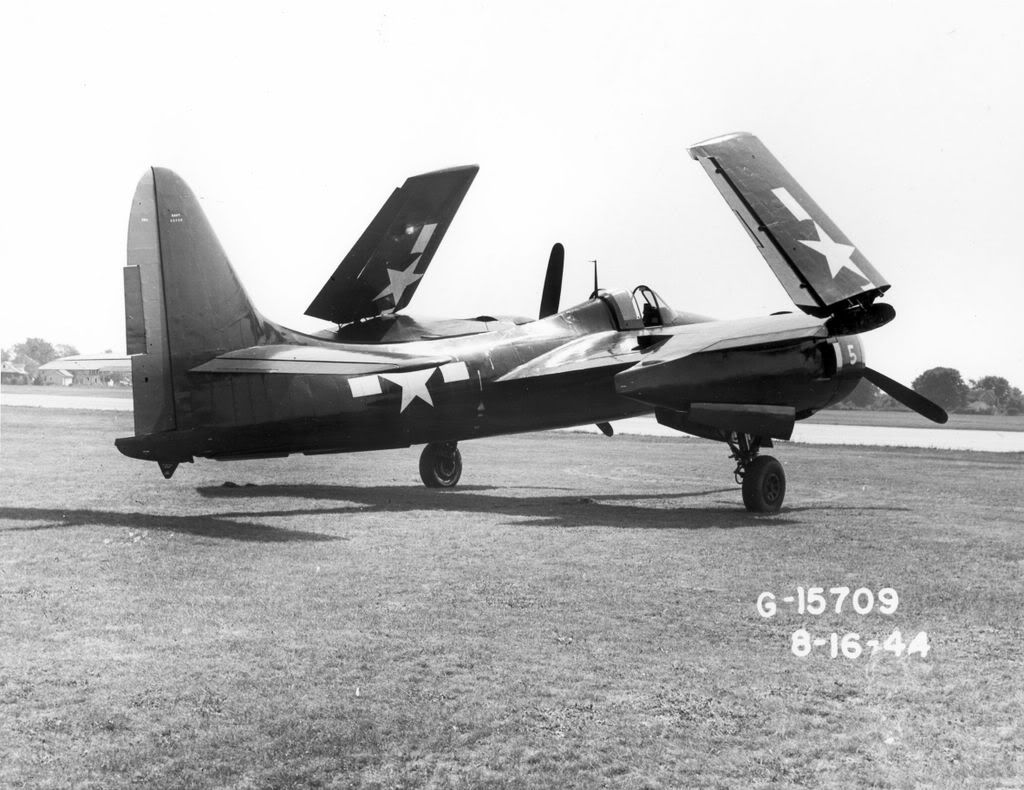





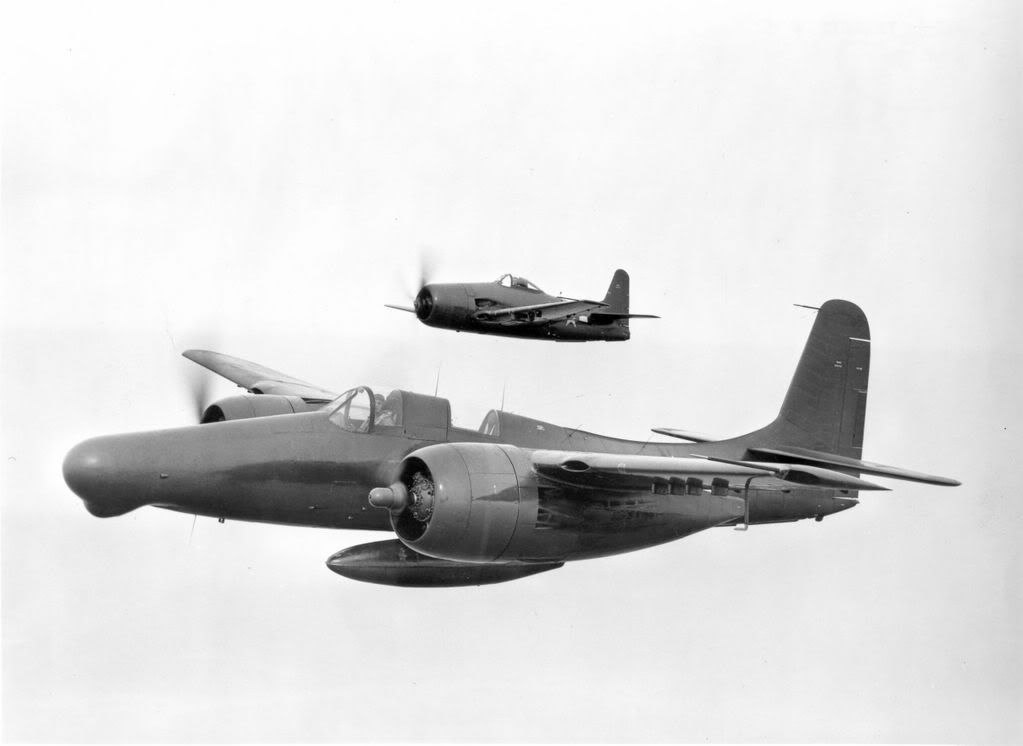





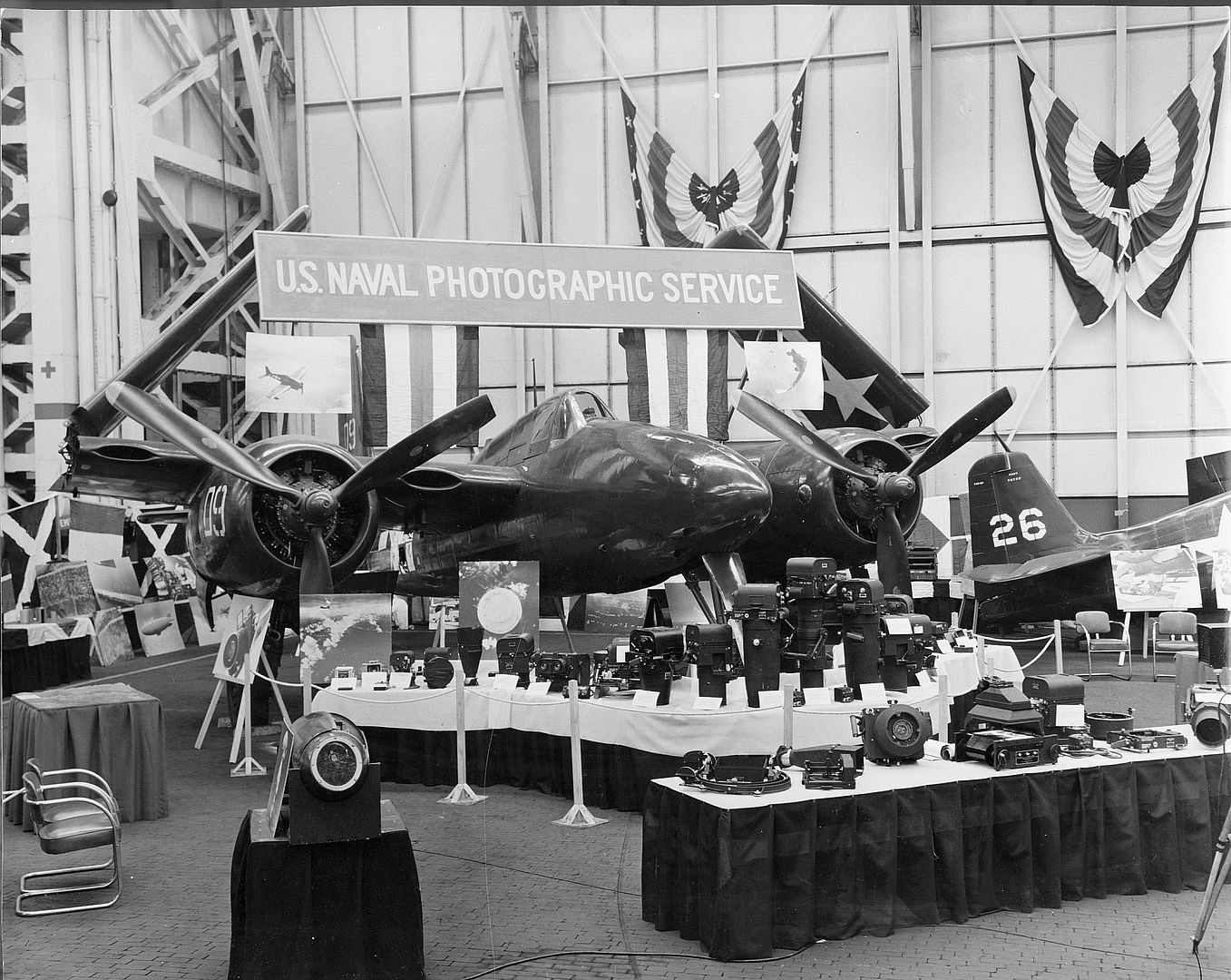

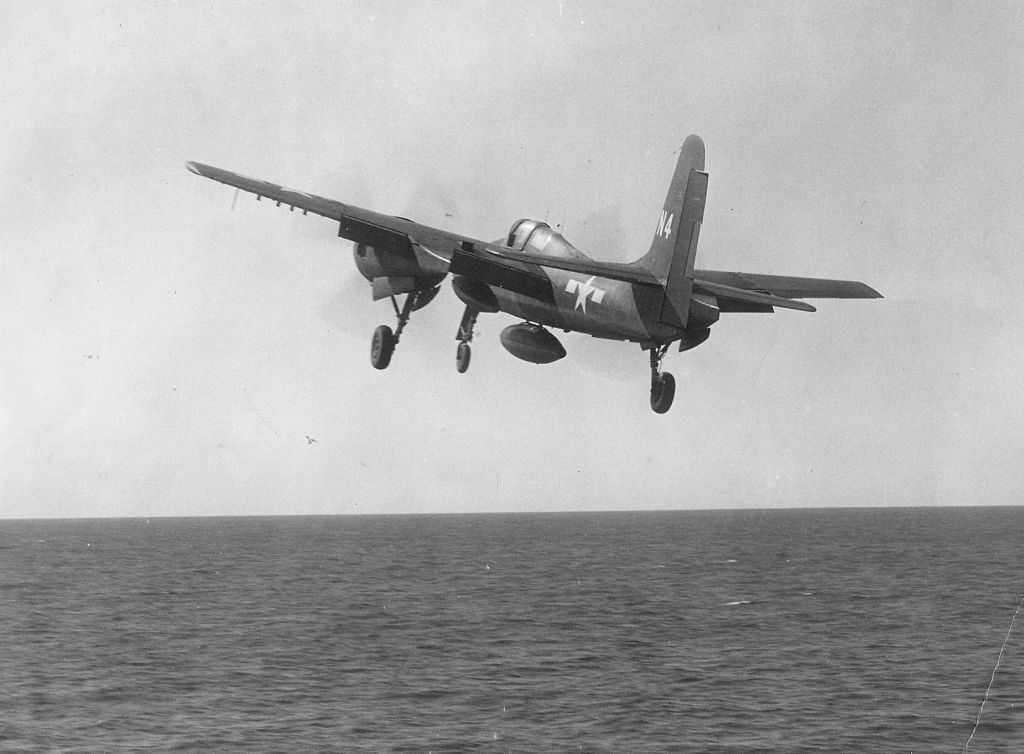








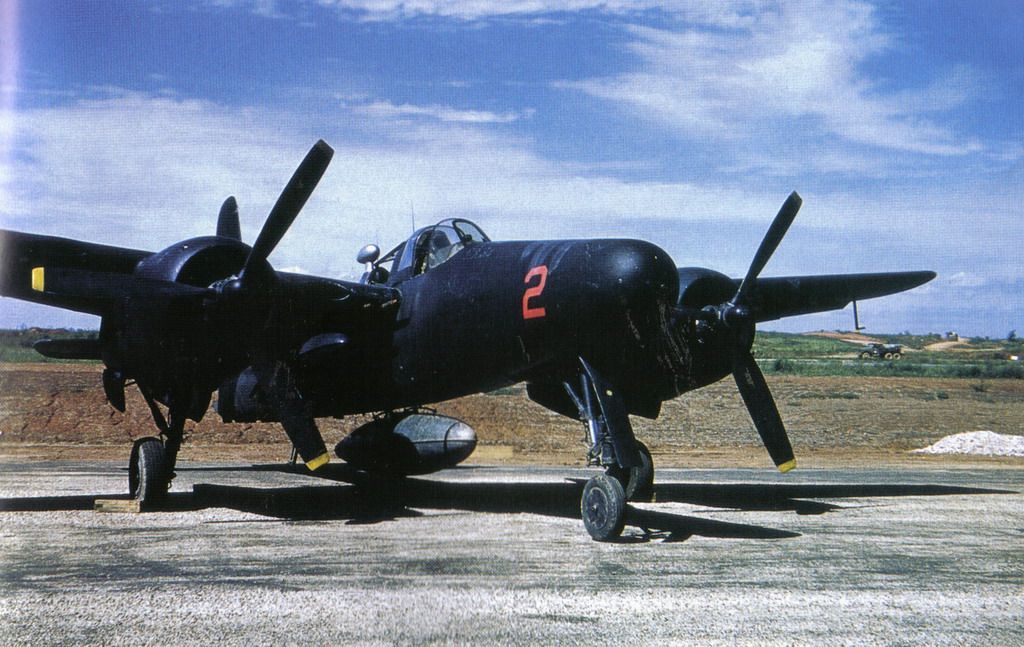


Regards Duggy
Post a reply
- Go to Previous topic
- Go to Next topic
- Go to Welcome
- Go to Introduce Yourself
- Go to General Discussion
- Go to Screenshots, Images and Videos
- Go to Off topic
- Go to Works in Progress
- Go to Skinning Tips / Tutorials
- Go to Skin Requests
- Go to IJAAF Library
- Go to Luftwaffe Library
- Go to RAF Library
- Go to USAAF / USN Library
- Go to Misc Library
- Go to The Ops Room
- Go to Made in Germany
- Go to Campaigns and Missions
- Go to Works in Progress
- Go to Juri's Air-Raid Shelter
- Go to Campaigns and Missions
- Go to Works in Progress
- Go to Skinpacks
- Go to External Projects Discussion
- Go to Books & Resources
